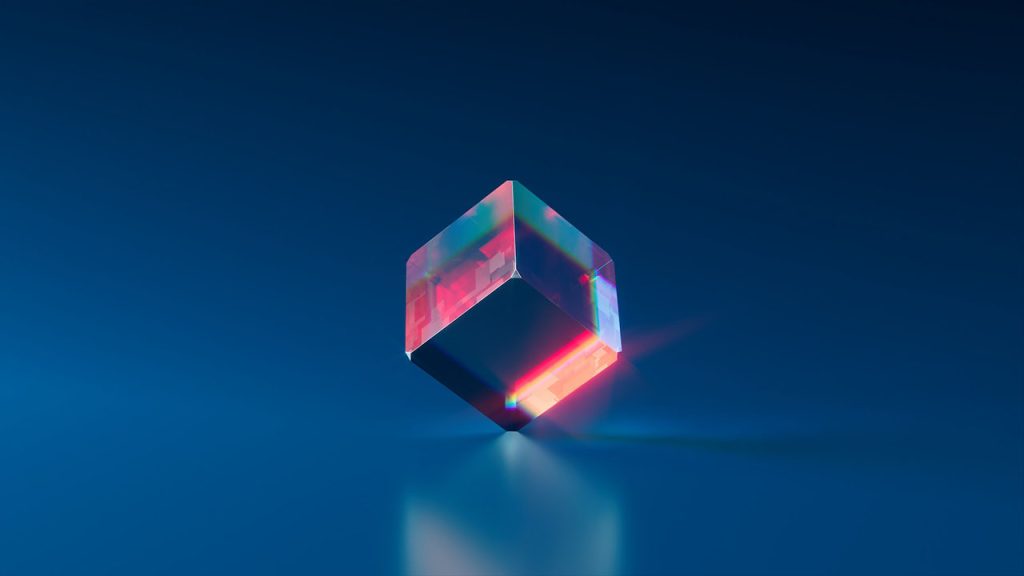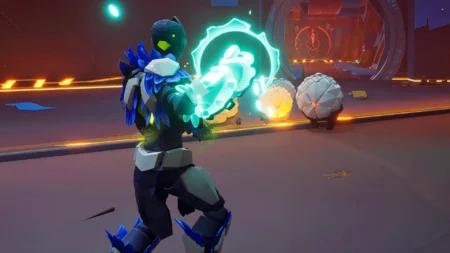VBO stands for Vertex Buffer Object, which is a way to store vertex data on the graphics card’s memory for efficient rendering. In other words, VBOs are a type of data buffer that allows for quick and easy access to vertex data.
Table of Contents
When a graphics card receives a request to render a 3D object, it reads the vertex data from the VBO rather than from the computer’s main memory. This can result in faster rendering times and improved performance, especially in complex scenes with many objects. VBOs are used extensively in modern graphics engines, including in games like Minecraft.
VBOs (Vertex Buffer Objects) in Graphics Card
Vertex Buffer Objects (VBOs) are a way for game developers to efficiently store and manage large amounts of vertex data for 3D graphics in computer games. In simpler terms, it’s a way of managing and storing the positions, colors, and other attributes of the many points that make up the 3D objects in the game.
What are VBOs (Vertex Buffer Objects)?
Imagine you are playing a game that has a forest with many trees. Each tree has thousands of leaves, and each leaf has many vertices to define its shape. To render all those vertices efficiently, VBOs are used to store the vertex data in the graphics card memory. This allows the graphics card to quickly access the data and render the trees and leaves in the forest without slowing down the game’s performance.
VBOs are a critical component in modern game development, allowing for more complex and detailed graphics to be displayed smoothly and efficiently.
How to Enable Vertex Buffer Objects (VBOs)?
Enabling Vertex Buffer Objects (VBOs) on your graphics card can help improve the performance and smoothness of graphics-intensive applications such as games. The exact steps to enable VBOs will depend on the graphics card you are using and the drivers installed on your system. Here are some general methods to enable VBOs:
Method 1: Using the Graphics Control Panel
- Right-click on your desktop and select your graphics control panel (e.g., NVIDIA Control Panel or AMD Radeon Settings).
- Navigate to the 3D Settings or Performance section of the control panel.
- Look for an option related to VBOs, such as “Enable Vertex Buffer Objects” or “Use Hardware Acceleration for VBOs”.
- Enable the option if it is not already enabled.
- Save and apply the changes.
Method 2: Editing Configuration Files
- Open the configuration file for your graphics card. This file is typically located in the installation folder for your graphics card drivers.
- Look for a setting related to VBOs, such as “vbo_enable” or “UseVBO”.
- Change the setting to “true” or “1” to enable VBOs.
- Save and close the file.
Method 3: Using Third-Party Tools
There are several third-party tools that can help you enable VBOs on your graphics card, such as OpenGL Extensions Viewer or GPU-Z. These tools can provide detailed information about your graphics card and allow you to modify advanced settings.
It is important to note that not all graphics cards support VBOs, and enabling them may not always result in improved performance. It is recommended to consult your graphics card documentation or seek support from the manufacturer if you are unsure about how to enable VBOs or if your graphics card supports them.


How to Disable Vertex Buffer Objects (VBOs)?
Disabling Vertex Buffer Objects (VBOs) in a graphics card can be done through various methods depending on the system and graphics card manufacturer. Here are some of the possible ways to disable VBOs:
- Graphics Card Control Panel: Many graphics card manufacturers provide their own control panels that allow users to customize settings, including VBOs. To disable VBOs through the control panel, open the control panel, navigate to the 3D settings or performance settings, find the option for VBOs, and disable it. The steps may vary depending on the graphics card manufacturer.
- Game Settings: Some games provide an option to disable VBOs in their settings. If the game you’re playing has this option, navigate to the game settings, find the option for VBOs, and disable it.
- Modifying Minecraft Game Files: If you’re playing Minecraft, you can disable VBOs by modifying the game files. First, navigate to the game directory (usually located in %appdata%/.minecraft/), find the options.txt file, and open it with a text editor. Then, find the line that says “useVbo:true” and change it to “useVbo:false”. Save the file and start the game.
- Third-Party Tools: There are also third-party tools available that can help disable VBOs. These tools work differently depending on the manufacturer, and some may require payment. One example is the RivaTuner Statistics Server, which allows users to disable VBOs through its settings.
It’s important to note that disabling VBOs may have an impact on game performance and may cause graphical glitches in some cases. It’s recommended to only disable VBOs as a last resort if you’re experiencing issues that can’t be solved through other means.
FAQ’s
Here are some FAQs about Vertex Buffer Objects (VBOs):
What are Vertex Buffer Objects (VBOs)?
Vertex Buffer Objects (VBOs) are a mechanism in OpenGL that allow you to store vertex data in a buffer object in graphics memory. This allows for more efficient rendering of geometry, as the data can be accessed directly by the graphics hardware.
Why are VBOs used in graphics programming?
VBOs are used in graphics programming to optimize the performance of rendering. By storing vertex data in a buffer object in graphics memory, VBOs reduce the number of data transfers between the CPU and the graphics hardware. This can lead to faster rendering times and improved frame rates.
How do VBOs work in OpenGL?
In OpenGL, VBOs are created by first generating a buffer object with the glGenBuffers function. Vertex data is then uploaded to the buffer object with the glBufferData function. To render geometry using the VBO, the buffer object is bound with the glBindBuffer function, and the vertex data is accessed with the glVertexAttribPointer function.
What types of data can be stored in VBOs?
VBOs can store a wide variety of vertex data, including position, color, normal, and texture coordinate information. In addition, VBOs can be used to store index data, which allows for the rendering of complex geometry using fewer vertices.
Can VBOs be used with other graphics APIs?
While VBOs were designed specifically for use with OpenGL, other graphics APIs such as DirectX also provide similar mechanisms for storing vertex data in graphics memory.
What are the advantages of using VBOs over immediate mode rendering?
Immediate mode rendering involves sending vertex data to the graphics hardware on a per-vertex basis, which can be slow and inefficient. VBOs, on the other hand, allow for the efficient storage and access of vertex data in graphics memory, leading to improved rendering performance.
Can VBOs be used for dynamic vertex data?
Yes, VBOs can be used to store dynamic vertex data that changes frequently during the rendering process. This is done by using the glMapBuffer function to map the buffer object to CPU memory, allowing for the modification of vertex data before it is sent to the graphics hardware.
Are VBOs compatible with all graphics hardware?
VBOs are compatible with most modern graphics hardware, including both dedicated and integrated graphics cards. However, there may be some older or less powerful graphics hardware that does not support VBOs.
Are there any downsides to using VBOs?
One potential downside of using VBOs is that they require more setup code and memory management than immediate mode rendering. Additionally, using VBOs incorrectly can lead to performance problems or even crashes.
How can I optimize my use of VBOs?
To optimize the performance of VBOs, it is important to use them only when necessary and to minimize the number of data transfers between the CPU and graphics hardware. In addition, using techniques such as instancing and frustum culling can help to further improve rendering performance.
If you have questions ask us in the comments.






